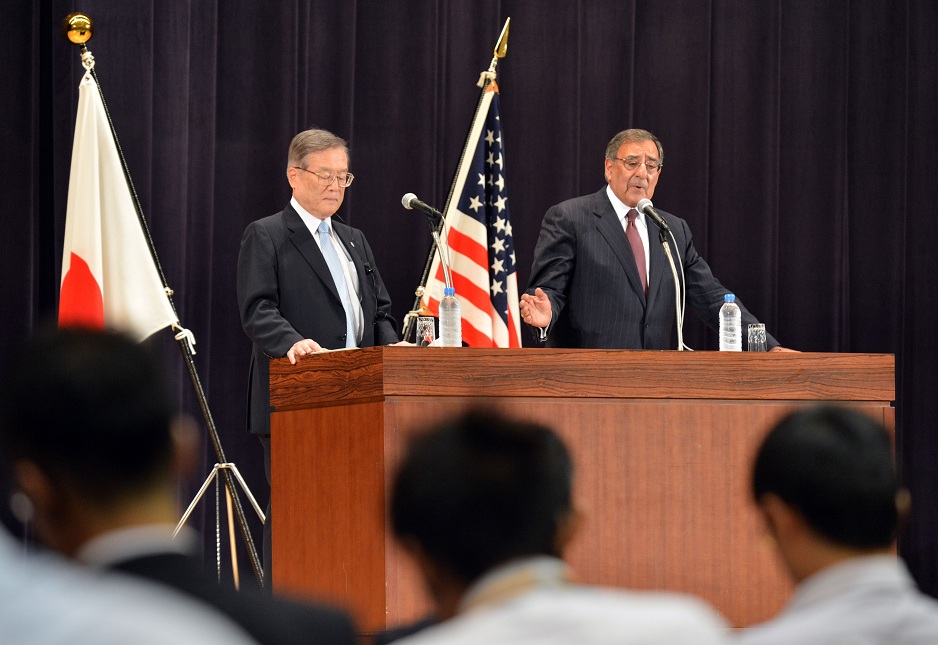More than five billion people would die of hunger following a full-scale nuclear war between the US and Russia, according to a global study led by Rutgers University on post-conflict crop production.
“The data tells us one thing: We must prevent a nuclear war from ever happening,” said Alan Robock — a Distinguished Professor of climate science in the Department of Environmental Sciences at Rutgers University and co-author of the study.
Lili Xia — an Assistant Research Professor in the Department of Environmental Sciences at Rutgers — is the lead author of the study that was published in the Nature Food scientific journal.
Building on past research, Xia, Robock, and their colleagues worked to calculate how much sun-blocking soot would enter the atmosphere from the firestorms that would be ignited by the detonation of nuclear weapons.
Researchers calculated soot dispersal from six war scenarios — five smaller India-Pakistan wars and a large US-Russia war — based on the size of each country’s nuclear arsenal.
The data was then entered into the Community Earth System Model — a climate forecasting tool supported by the National Centre for Atmospheric Research (NCAR).
The NCAR Community Land Model made it possible to estimate productivity of major crops (maize, rice, spring wheat, and soybean) on a country-by-country basis. The researchers also examined projected changes to livestock pasture and global marine fisheries.
Under even the smallest nuclear scenario, like a localised war between India and Pakistan, global average caloric production decreased by 7% within five years of the conflict.
In the largest war scenario tested — a full-scale US-Russia nuclear conflict — global average caloric production decreased by about 90% three to four years after the fighting.
Crop declines would be the most severe in mid-high latitude nations, including major exporting countries such as Russia and the US, which could trigger export restrictions and cause severe disruptions in import-dependent countries in Africa and the Middle East.
These changes would induce a catastrophic disruption of global food markets, the researchers conclude. Even a 7% global decline in crop yield would exceed the largest anomaly ever recorded since the beginning of the Food and Agricultural Organisation’s observational records in 1961. Under the largest war scenario, more than 75 percent of the planet would be starving within two years.
The researchers also considered whether using crops fed to livestock as human food or reducing food waste could offset caloric losses in a war’s immediate aftermath, but the savings were minimal under the large injection scenarios.
“Future work will bring even more granularity to the crop models,” Xia said.
“For instance, the ozone layer would be destroyed by the heating of the stratosphere, producing more ultraviolet radiation at the surface, and we need to understand the impact of that on food supplies,” she explained.
Climate scientists at the University of Colorado — which partnered with Rutgers on the study — are also creating detailed soot models for specific cities, such as Washington DC, with inventories of every building to get a more accurate picture of how much smoke would be produced.
Robock said researchers already have more than enough information to know that a nuclear war of any size would obliterate global food systems, killing billions of people in the process.
“If nuclear weapons exist, they can be used, and the world has come close to nuclear war several times,” Robock said.
“Banning nuclear weapons is the only long-term solution. The five-year-old UN Treaty on the Prohibition of Nuclear Weapons has been ratified by 66 nations, but none of the nine nuclear power. Our work makes it clear that it is time for those nine powers to listen to science and the rest of the world and sign this treaty.”








